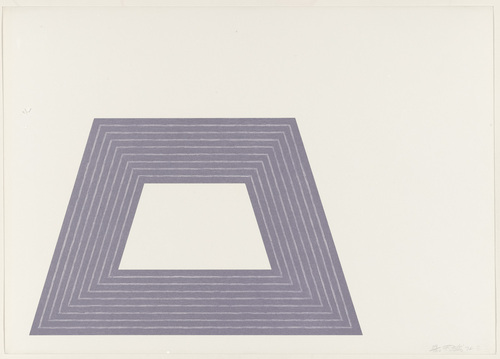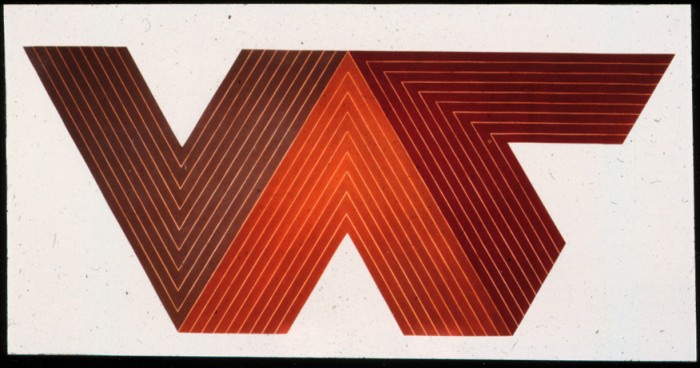 Â
  Â
 

This place blew my mind as a child. I think of it daily.
photo credits: MLIVE & 70’s architecture tumblr
 Â
  Â
 

This place blew my mind as a child. I think of it daily.
photo credits: MLIVE & 70’s architecture tumblr
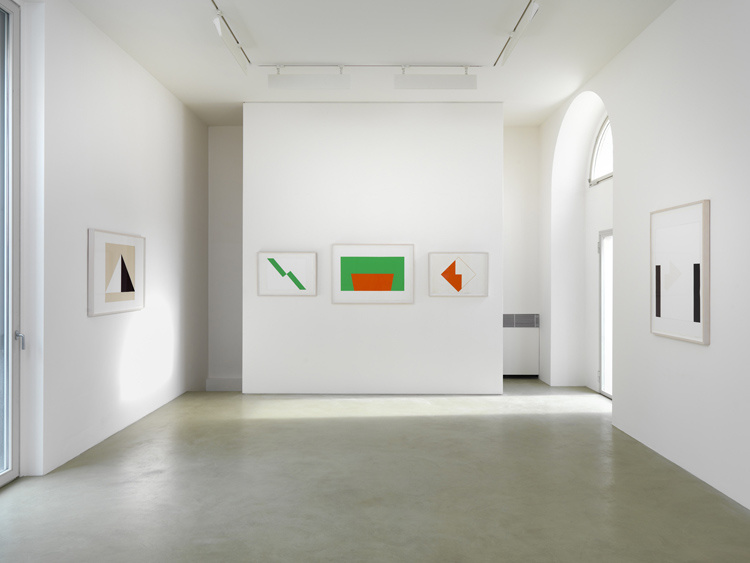
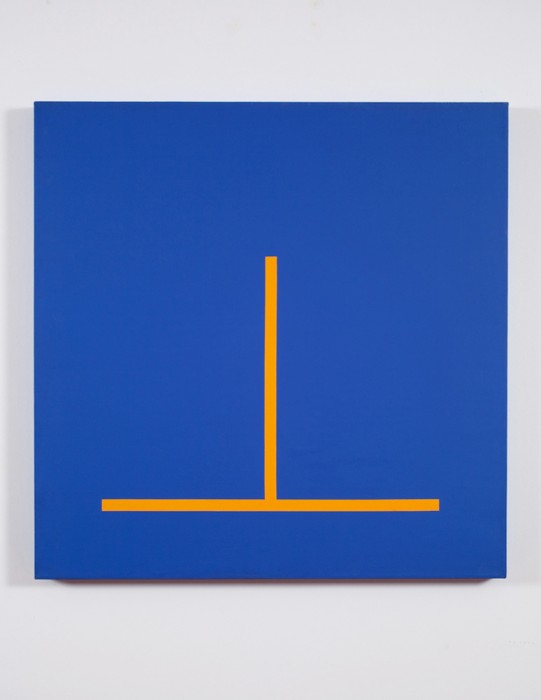
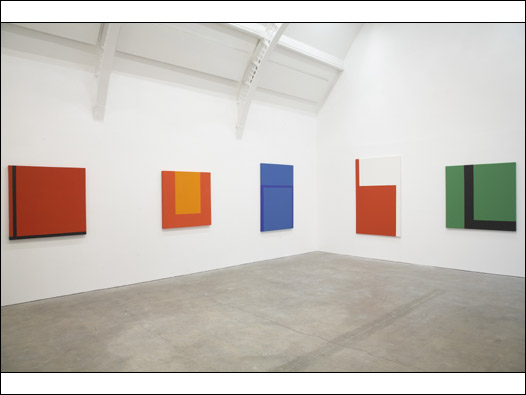
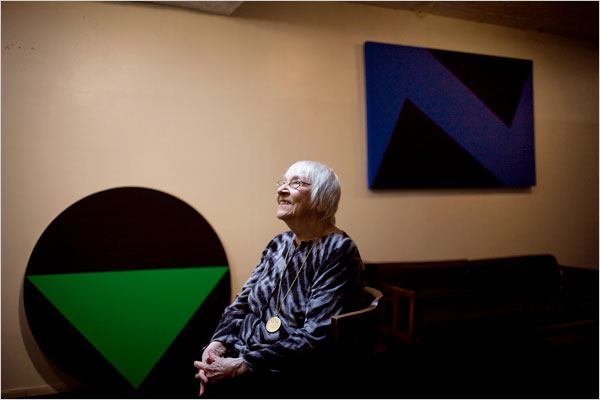
The Cuban-born artist Carmen Herrera in her Manhattan loft, surrounded by her art. After six decades of very private painting, she sold her first artwork five years ago at the age of 89.
Ms. Herrera’s late-in-life success has stunned her in many ways. Her larger works now sell for $30,000, and one painting commanded $44,000, amounts unimaginable when she was, say, in her 80s. “I have more money now than I ever had in my life,” she said. Not that she is succumbing to a life of leisure. Ms. Herrera, because she must, continues to draw and paint. “Only my love of the straight line keeps me going,” she said.
-from NYTIMES
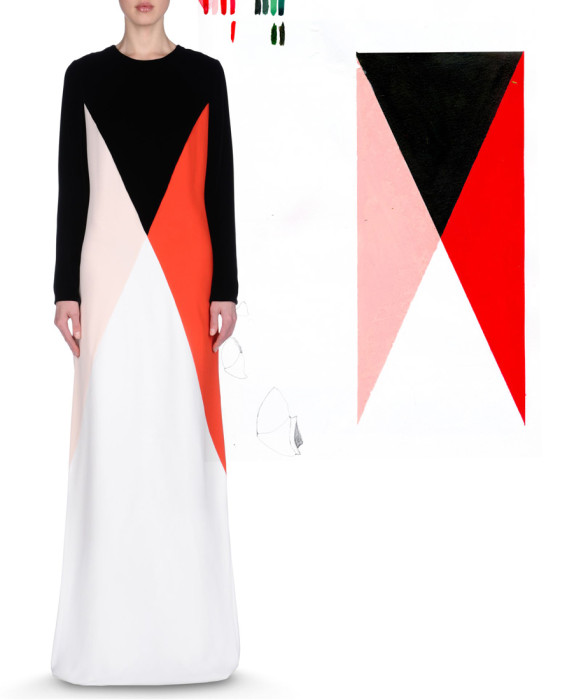

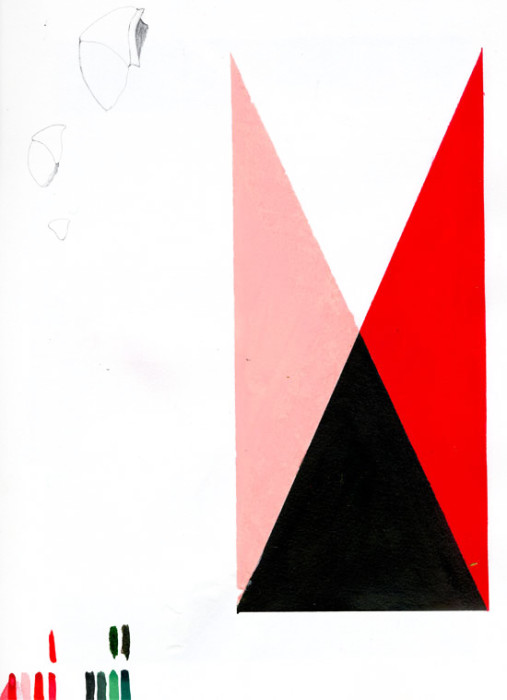
She says:
From
http://iiiinspired.blogspot.com/2013/07/a-little-this-and-that-art-vs-dress.html
ABOUT THE “QUOTE”
“good artists borrow – great artists steal”
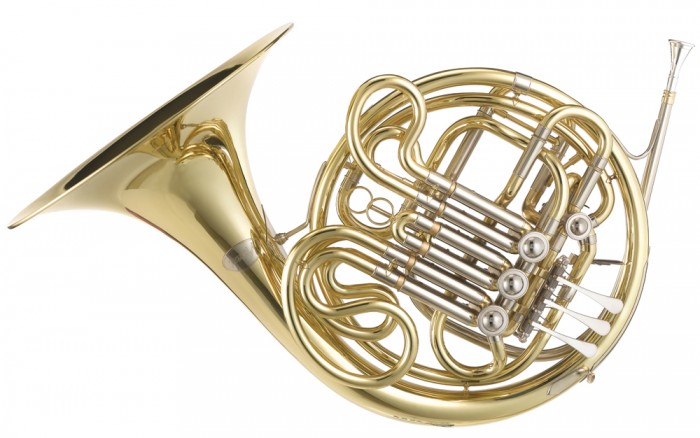
 TRUMPET
TRUMPET
 TUBA
TUBA
PETER SHIRE : CUPS from ERIC MINH SWENSON on Vimeo.
Little Piece of Paradise:
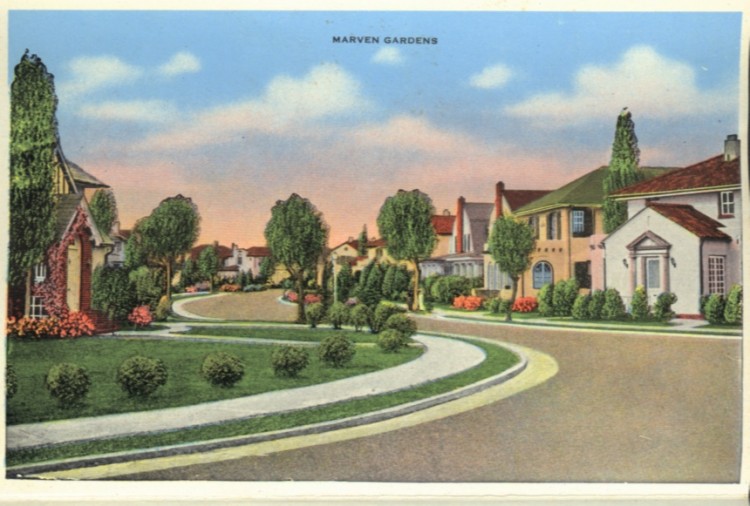
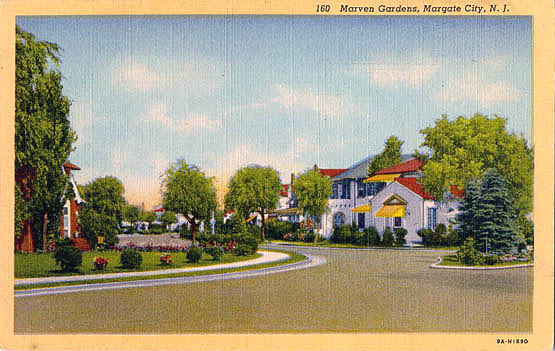

Empirical and conceptual objects
|
Non-motivated functions of art The non-motivated purposes of art are those that are integral to being human, transcend the individual, or do not fulfill a specific external purpose. In this sense, Art, as creativity, is something humans must do by … KEEP GOING >>>
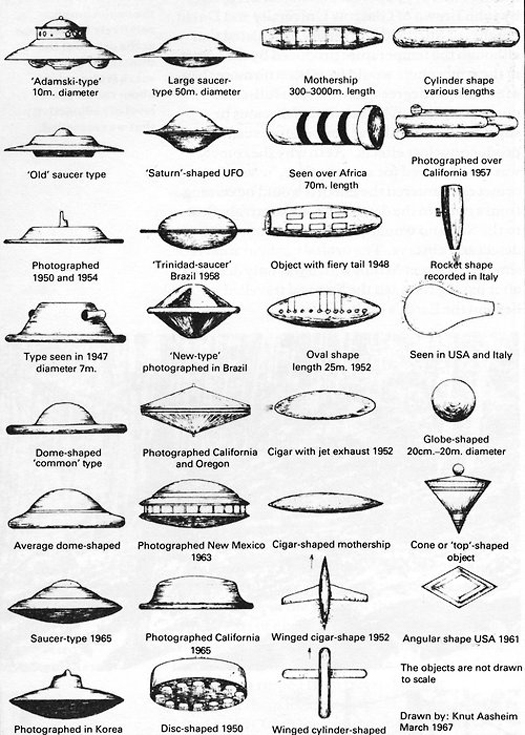
Emma Kunz
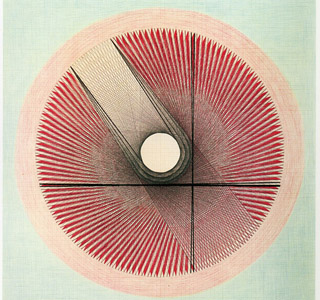
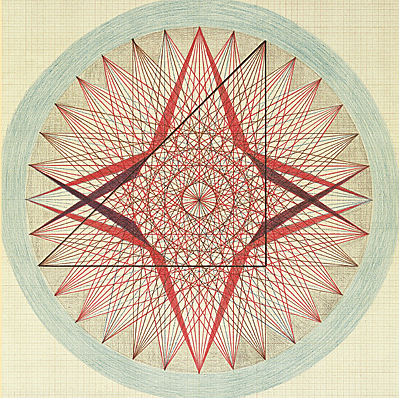
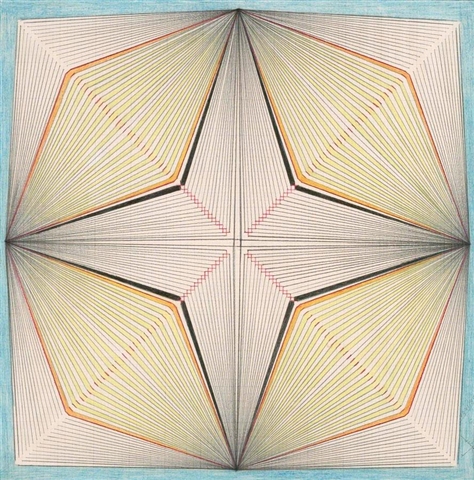
Frank Stella
